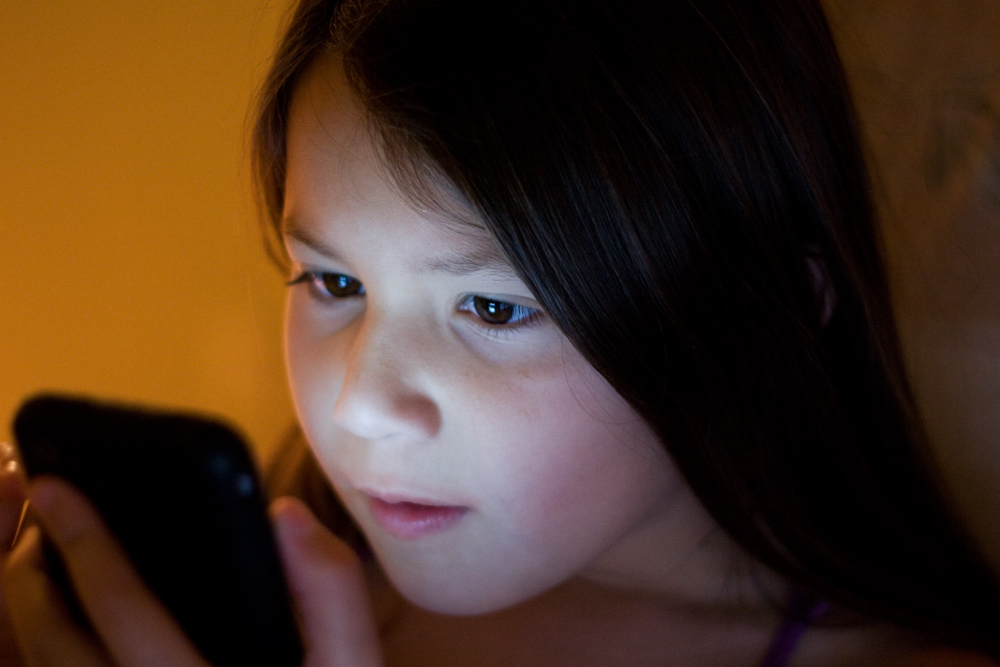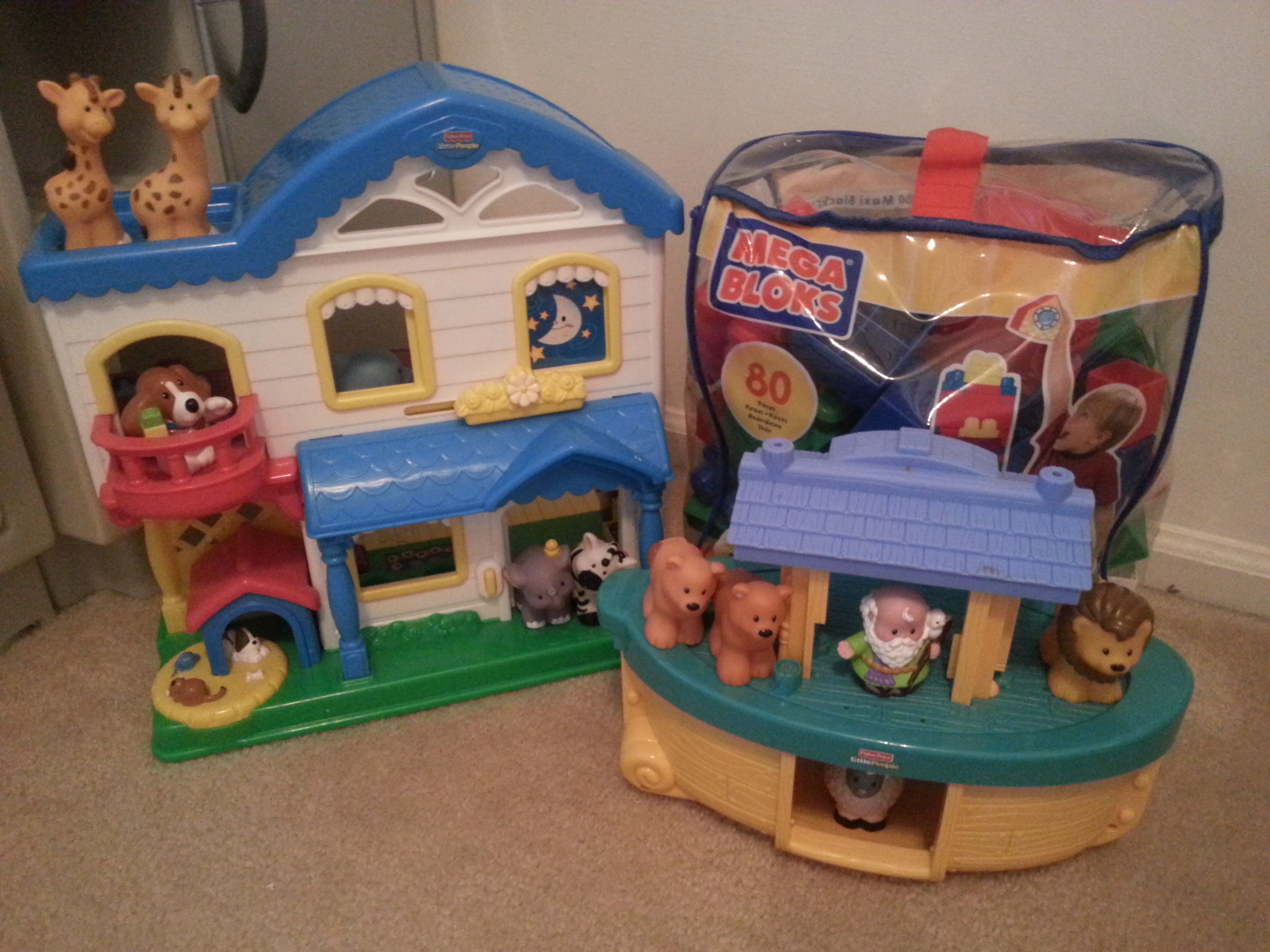A major surprising thing that’s recently happened to me was when I discovered I was pregnant. I didn’t expect to get pregnant at my age. I’m nearly approaching my 40’s, and I believe conceiving a baby at my age sometimes poses some explicit risks. Also, another thing that troubles me is my tight budget. I’ll need to find ways not only to support my needs, but also those of my unborn child, on top of supporting my adopted young daughter on a day to day basis.
I will need to bravely deal with my unexpected pregnancy, though. My husband and I have searched for the best tips on how to deal with unexpected motherhood. We’ve come up with a list of tips that we think may prove to be useful in helping us out.

Image from Flickr
Resolve Potential Sibling Rivalry
I’m well aware that a new parenting task I’ll be facing is resolving sibling rivalry between my new baby and my 6-year old daughter. I think as early as now, I should start contemplating the resolution I would implement in order to resolve the issue of possible sibling rivalry between my kids once they start growing up together.
It should be expected my little kids may likely get into arguments and quarrels, particularly when playing. I won’t be surprised if each of my kid refuses to share the toy I’ve bought for them for Christmas. It may be beyond my power to prevent this scenario from happening when my budget is tight, and I only have so much money to buy one toy for Christmas.
To make both of my kids happy, I would buy little treats for each of them that fit my budget, such as candies and chocolates. These treats should make my kids happy, and it should avert any fights that may occur between them.
Relive Tantrum Days
And, to think I would have had enough of tantrums from kids! I thought I’ve already gotten past the stage of having to deal with a little child crying whenever he doesn’t get what he wants. And here I go, expecting the same scenario all over again.
In the past, whenever I took my daughter to a playground nearby our local park, she would always throw a fit if her playmates didn’t do what she wanted them to do, subsequently embarrassing me in front of a crowd.
After I give birth to my unborn child, I plan to strictly discipline my child to let him know he can’t always throw tantrums and get away with them scot-free. I would take away privileges from my child if he throws a tantrum a lot of times within the past month. By doing this, I can teach my child a lesson that rewards such as movie time, or a new toy only comes alongside good behaviors.
I’d likely consider engaging in interactive play with my younger kid in the playground to guide him how to act appropriately during moments that he can’t get everything he desires. The benefits of playground interaction of parents and kids are overwhelmingly immeasurable. Engaging in interactive play with my younger child maximizes opportunities for my kid to gain more friends, rather than enemies, in the playground.
The Age Gap Burden
Obviously, two kids with big age difference will likely have trouble relating to each other during play. One kid may have different ideas on how to play as compared to those of the other kid. Idea differences may cause arguments to break out between my two kids.
One of the most essential parts of motherhood is being there for your children, especially during their younger years. I, for one, wouldn't hesitate to come to my kids’ rescue when it comes to providing them with invaluable lessons on how to cope with sibling age difference.
Imparting lessons to my kids on how to cope with sibling age difference through creative storytelling would likely inspire my kids to extend their patience and understanding to each other. My kids are likely going to be inspired with the successful scenarios within the stories that I have to tell. After hearing these stories, I’d look forward to seeing them become the better big sister/ little brother or sister to each other.
Unprepared To Take Some Time Off From Work
Since my first child is a bit older and independent now, I was expecting to take some more time away from home working. I needed to earn additional income because I have been on a tight budget.
Now, I would have to make the transition in adjusting my busy schedule to spend more time bonding with my new baby after he is born. Spending more time playing and bonding with younger kids positively contribute not only to their emotional and social development, but also to their day to day safety, as well.
According to an article in Playgroundequipment.com, one out of every four kids becomes a prey to a bully, or to a number of bullies. I’m particularly alarmed of the risk of my little kid getting bullied, at school, in the playground, or wherever he may go. With this said, I’d be more than willing to adjust my schedule to spend more time with my young child after he is born to prevent avoidable untoward incidents from happening before it’s too late, even though it may be difficult to do so.
As a soon-to-be parent again, I need to be my unborn kid’s mother, friend and protector all in one package. I need to be the mom that my kid can proudly look up to and admire.
A mother is a child’s safe haven against the troubles this chaotic world constantly brings into his life. Having said this, us mothers, should in turn, hail our children to be the best blessings God can ever give us in this lifetime.















 She starts Kindergarten this year. Her parents get to take her to registration and ride the bus with her on the first day. I miss out on those things because I’m not her “real” mother. It hurts my heart to know that I only get to participate in some of the events in her life in the “mother” capacity. I invest so much of myself into her and it is hard to have to step back and just watch her experience those types of milestones.
She starts Kindergarten this year. Her parents get to take her to registration and ride the bus with her on the first day. I miss out on those things because I’m not her “real” mother. It hurts my heart to know that I only get to participate in some of the events in her life in the “mother” capacity. I invest so much of myself into her and it is hard to have to step back and just watch her experience those types of milestones.












